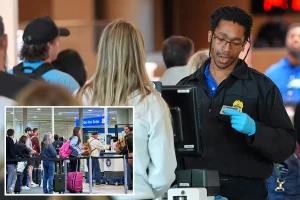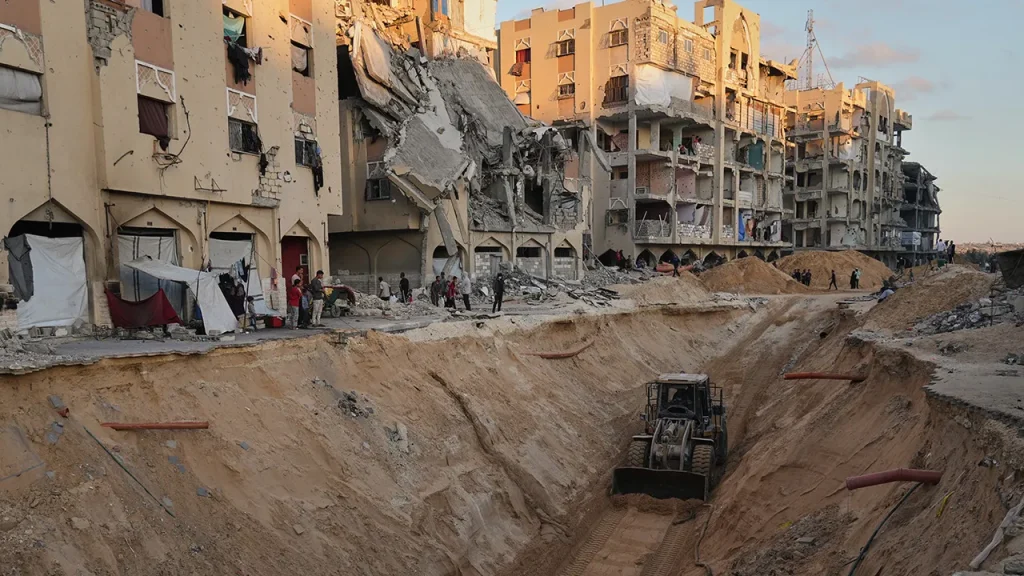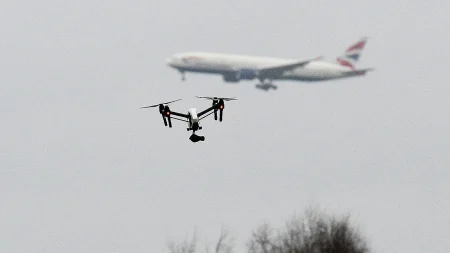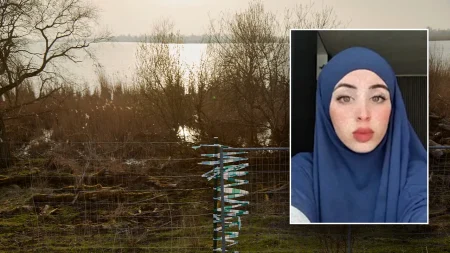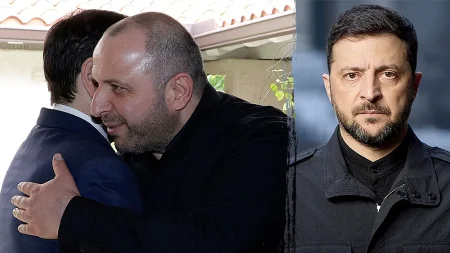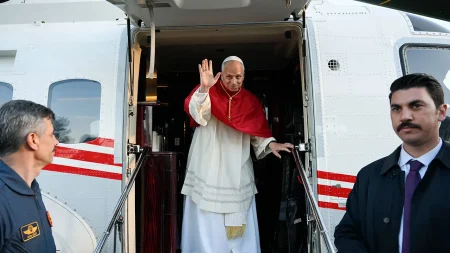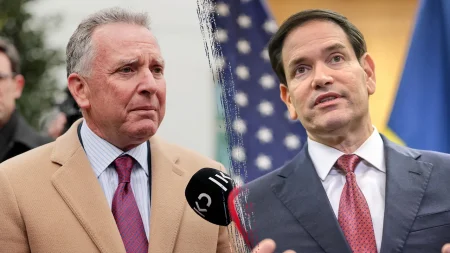State Department Warns of Potential Hamas Ceasefire Violation in Gaza
The U.S. Department of State has issued a serious warning about potential violence in Gaza, stating that “credible reports” suggest Hamas may be planning an attack on Palestinian civilians—an action that would directly violate the recently established ceasefire agreement. This fragile peace, which took effect last weekend after two years of devastating conflict following the October 7, 2023 attacks, now appears threatened by internal violence within Gaza. “This planned attack against Palestinian civilians would constitute a direct and grave violation of the ceasefire agreement and undermine the significant progress achieved through mediation efforts,” the department emphasized in their statement. The U.S. has made it clear that “measures will be taken to protect the people of Gaza and preserve the integrity of the ceasefire” should Hamas proceed with any such attack, reflecting the delicate balance of maintaining newfound stability in the region.
The warning comes at a critical juncture in the implementation of the ceasefire agreement. Just days ago, the remaining 20 Israeli hostages held by Hamas were returned to Israel as stipulated in the agreement—a significant milestone in the peace process. However, the remains of more than a dozen hostages who died during captivity still remain under Hamas control. This partial fulfillment of the agreement’s terms underscores both the progress made and the ongoing challenges in completely resolving the hostage situation. The State Department’s statement reflects this complex reality, reaffirming that “The United States and the other guarantors remain resolute in our commitment to ensuring the safety of civilians, maintaining calm on the ground, and advancing peace and prosperity for the people of Gaza and the region as a whole.”
The warning from the State Department follows disturbing reports of Hamas executing Palestinians in Gaza City’s main square. According to reports cited by Reuters, at least 33 people have been executed by Hamas in recent days as part of what officials describe as a campaign to “show strength” following the implementation of the ceasefire. Israeli sources claim that most of those executed belonged to families accused of collaborating with Israel or supporting rival militias. These executions represent a concerning escalation of internal violence in Gaza and potentially signal Hamas’s attempt to reassert control and eliminate perceived opposition within Palestinian communities as the political landscape shifts under the ceasefire arrangements.
President-elect Donald Trump has weighed in on these developments with characteristic directness. On Thursday, Trump issued a stern warning via his Truth Social platform in response to the circulating footage of Hamas fighters executing Palestinians. “If Hamas continues to kill people in Gaza, which was not the deal, we will have no choice but to go in and kill them,” he wrote, signaling a potential shift in U.S. policy toward Hamas under his upcoming administration. However, Trump later clarified that he did not mean U.S. troops would enter Gaza. “It’s not going to be us,” he told reporters. “We won’t have to. There are people very close, very nearby that will go in and they’ll do the trick very easily, but under our auspices.” This clarification suggests Trump envisions regional partners—likely Israel—taking direct action against Hamas with U.S. support, rather than direct American military intervention.
The current situation highlights the extraordinary challenges in maintaining peace in a region where trust is minimal and the potential for renewed violence remains high. The ceasefire, while a significant achievement that has allowed for humanitarian aid to enter Gaza and hostages to return home, remains precarious. Hamas’s alleged plans to attack Palestinian civilians, combined with their recent executions, suggest internal power struggles and potential fracturing within Gaza’s governing structure. The international community now faces the difficult task of preserving the ceasefire while addressing Hamas’s violations against its own people—a complex balancing act that requires careful diplomacy and potentially firm responses to deterrence violations.
For the civilians caught in this conflict, both Israeli and Palestinian, the promise of the ceasefire—an end to violence and the beginning of recovery—now seems increasingly uncertain. The State Department’s warning serves not only as a message to Hamas but also as an acknowledgment to the world that achieving lasting peace requires more than signed agreements; it demands continuous vigilance, accountability, and a commitment from all parties to honor their obligations. As the situation develops, the international community’s response to these potential violations will likely determine whether the ceasefire represents a genuine turning point in the conflict or merely a temporary pause in hostilities. For now, the people of Gaza and Israel can only wait and hope that the fragile peace holds despite these troubling developments.
